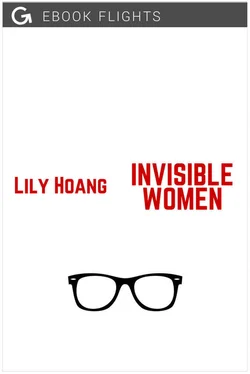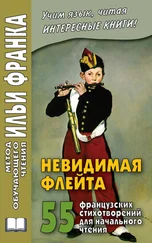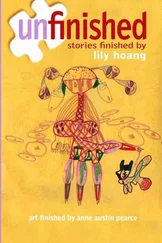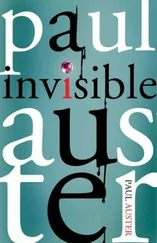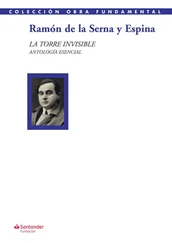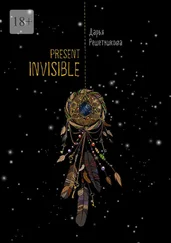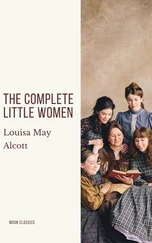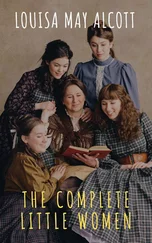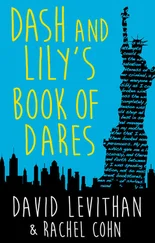She tells us, “It is warm where I live but never too hot. I believe it is something akin to your California.”
We tell her that we rarely take note of the weather.
She says, “But one must always be prepared for variant temperatures.”
She tells us this like she knows what it’s like to go outside. This woman who barely has skin covering her because she doesn’t need it, this woman who lives in suffocation tells us how to dress! We scoff.
We say, “Woman, if you care so much about the weather, why do you live inside another woman, hidden away from the world?” We say, “Woman, it’s apparent that it’s been so long since you’ve seen sunlight that your skin has restricted into your muscles, and even your muscles are pale.”
She looks at us.
There is an old photograph hanging above the smaller woman. It is the height of our chests. The sepia bleeds into its boarders.
She continues looking at us. Her transparent face is sad, frustrated.
Her fading face is bored.
Then, she lifts the lady’s skirt and crawls back in.
The Great Freud’s atlas contains also the maps of the promised women visited in thought but not yet discovered or found.
Sigmund asks Lou: “You, who go about exploring and seeing things, can you tell me toward which of these futures — these women — the favoring winds are driving us?”
“For these women I could not draw a route on a map or set a date for the arrival. At times all I need is a brief glimpse of possibility, an opening in the midst of an incongruous word, a glimmer of light in a pupil, and I think that, setting out from there, I will put together, piece by piece, the perfect woman, made of fragments mixed with the rest, of strengths unavailable to men and weaknesses that are more subtle reasons to improve than flaws. If I tell you that the woman toward which my journey tends is discontinuous in space and time, now scattered, now more condensed, you must not believe the search for her can stop. Perhaps while we speak, she is rising, brushing her hair and donning a loose summer dress, within the confines of your empire, you can hunt for her, but she will never appear as you imagine her to be.”
Already the Great Freud was leafing through his atlas, over the maps of the women who menace in nightmares and maledictions.
He said: “It is all useless, if the last woman can only be in the infernal city, and it is there that, in ever-narrowing circles, the current is drawing us.”
And Andreas said: “The inferno of the living is not something that will be; if there is one, it is what is already here, the inferno where we live every day, that we form by being together. There are two ways to escape suffering it. The first is easy for many: accept the inferno and become such a part of it that you can no longer see it. The second is risky and demands constant vigilance and apprehension: seek and learn to recognize who and what, in the midst of the inferno, are not inferno, then make them endure, give them space.”
Freud replied: “The woman that exists in this inferno can hardly be expected to see through it; and men are too caught to even look up.”
And Andreas said, calmly: “And that is why we look, door to door, searching for the woman to help guide us through this inferno toward freedom. She is one person, but she is also every woman in your atlas. Every woman.”
The End
Lily Hoang is the author of several books, including Changing (the recipient of a PEN Beyond Margins Award). Hoang serves as co-director of Puerto del Sol , Editor at Tarpaulin Sky, and Associate Editor at Starcherone Books. She received her M.F.A. in Prose from the University of Notre Dame in 2006.
